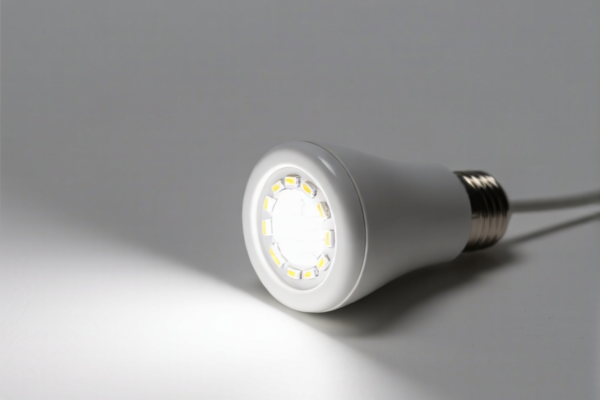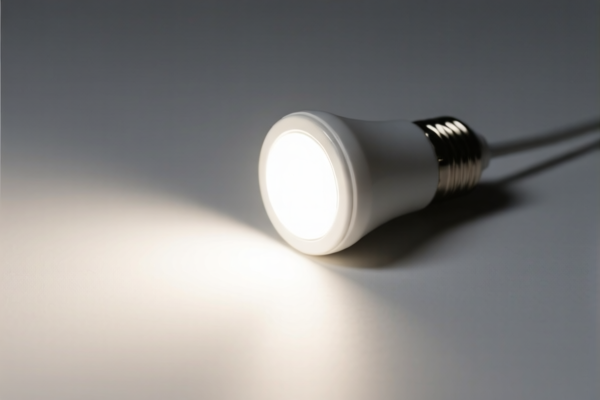| HS Code | Official Doc | Tariff Rate | Origin | Destination | Effective Date |
|---|---|---|---|---|---|
| 8526100020 | Doc | 55.0% | CN | US | 2025-05-12 |
| 8526100040 | Doc | 55.0% | CN | US | 2025-05-12 |
| 8539293050 | Doc | 37.5% | CN | US | 2025-05-12 |
| 9031804000 | Doc | 55.0% | CN | US | 2025-05-12 |
| 9031497000 | Doc | 55.0% | CN | US | 2025-05-12 |




Night Vision
Night vision encompasses technologies enabling visibility in low-light conditions. These technologies rely on amplifying existing light or utilizing infrared radiation to create usable images.
Principles & Function
The core principle revolves around detecting and interpreting wavelengths of light invisible to the human eye. This is achieved through two primary methods:
- Image Intensification: These devices collect and amplify small amounts of ambient light (visible and near-infrared) through a vacuum tube, projecting a usable image onto a screen. The process involves a photocathode converting photons into electrons, these electrons are accelerated and multiplied, and then strike a phosphor screen which emits visible light.
- Thermal Imaging: These devices detect differences in temperature based on the infrared radiation emitted by objects. All objects emit infrared radiation, and thermal imagers create an image based on these variations. Warmer objects appear brighter, and cooler objects appear darker. These do not require any ambient light to function.
Materials & Components
- Image Intensification Tubes: The core component, utilizing materials like gallium arsenide (GaAs) photocathodes for sensitivity. Microchannel plates (MCPs) are used to amplify electrons. Phosphor screens (typically P43) convert electrons into visible light.
- Infrared Detectors: Materials like vanadium oxide (VOx) are common in uncooled thermal sensors. Cooled sensors often use indium antimonide (InSb) or mercury cadmium telluride (HgCdTe) for higher sensitivity, requiring cryogenic cooling with liquid nitrogen or Stirling coolers.
- Lenses: Germanium or silicon lenses are often used as they are transparent to infrared wavelengths.
- Displays: Modern devices employ LCD or OLED screens for image presentation.
- Housing: Typically constructed from durable materials like aluminum alloys or polymers.
Usage Scenarios
- Military & Law Enforcement: Surveillance, target acquisition, navigation, and security operations.
- Security & Surveillance: Perimeter security, intrusion detection, and asset protection.
- Navigation: Boating, aviation, and land navigation in low-light conditions.
- Hunting & Wildlife Observation: Tracking animals, spotting game, and observing nocturnal wildlife.
- Search & Rescue: Locating individuals in darkness or obscured environments.
- Automotive: Enhanced driver vision systems for improved safety.
- Medical: Detecting temperature variations for diagnostics.
Common Types
- Generation 1 (Gen 1): The earliest type, offering basic night vision capabilities. Lower resolution and image distortion.
- Generation 2 (Gen 2): Improved resolution and gain compared to Gen 1. Often includes an ion film for enhanced performance.
- Generation 3 (Gen 3): Significant improvements in resolution, gain, and clarity. Utilizes an ion film and auto-gating for better image quality.
- Generation 4 (Gen 4): The highest performing image intensification technology, offering exceptional clarity and low-light performance.
- Digital Night Vision: Utilizes a digital sensor to capture and process images, offering features like recording and image enhancement. Performance varies widely depending on sensor quality.
- Thermal Monoculars/Binoculars: Portable devices for viewing thermal images.
- Thermal Riflescopes: Mounted on firearms for enhanced target acquisition in darkness.
- Fixed Thermal Cameras: Used for surveillance and security applications.
Based on the provided information, determining the precise HS code for "night vision" requires further clarification of the product's specific nature. However, based on potential applications, the following HS codes may be relevant:
- 8526100020: Radar apparatus, radio navigational aid apparatus and radio remote control apparatus: Radar apparatus Designed for boat or ship installation. This code applies to radar equipment, which could be incorporated into night vision systems used for marine navigation. The total tax rate is 55.0%, comprising a 0.0% base tariff and a 25.0% additional tariff, increasing to 30.0% after April 2, 2025.
- 8526100040: Radar apparatus, radio navigational aid apparatus and radio remote control apparatus: Radar apparatus Other. This code covers radar apparatus not specifically designed for boat or ship installation. Similar to the previous code, the total tax rate is 55.0% (0.0% base tariff + 25.0% additional tariff, increasing to 30.0% after April 2, 2025).
- 8539293050: Electrical filament or discharge lamps, including sealed beam lamp units and ultraviolet or infrared lamps; arc lamps; light-emitting diode (LED) light sources; parts thereof: Other filament lamps, excluding ultraviolet or infrared lamps: Other: Designed for a voltage not exceeding
100 V: Other Other: Designed for a voltage of 12 V or more but not exceeding 14 V. If the night vision device utilizes specific lamps or LED light sources, this code may be applicable. The total tax rate is 37.5% (0.0% base tariff + 7.5% additional tariff, increasing to 30.0% after April 2, 2025).
According to the provided reference material, the HS code options related to 'night vision' are limited, with only the following 3 found.
It is important to note that the correct HS code will depend on the specific components and functionality of the night vision device. If the device incorporates optical instruments for inspection or measurement, codes 9031804000 or 9031497000 might be relevant. However, without further details, it is difficult to determine their applicability.
Customer Reviews
No reviews yet.